What Should A School Do?
If we are not aware of this relative mediocrity, it’s an indictment of our vision. If we are, it is an indictment of our character.

If we are not aware of this relative mediocrity, it’s an indictment of our vision. If we are, it is an indictment of our character.
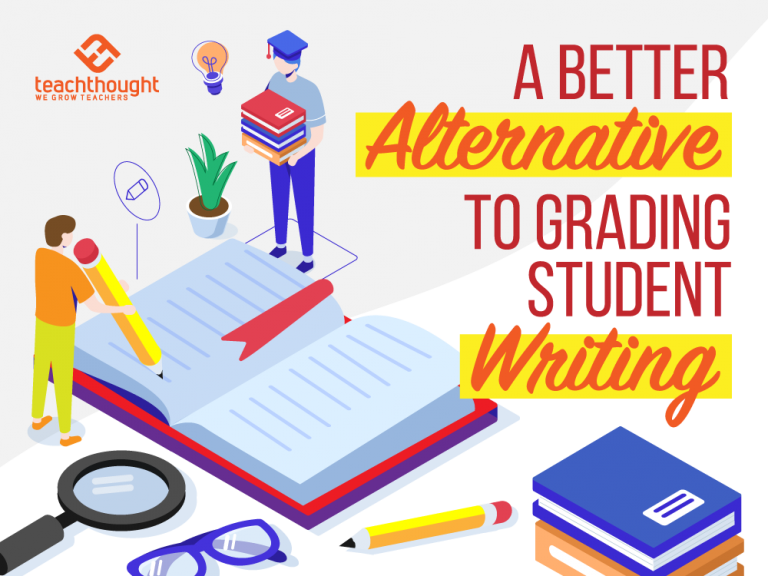
For amateurs developing skills, the process is far more important than the product. This is true in science and is true for writing, too.

Education is ‘actuated’ by teachers. It makes sense that education should also be able to reflect critically on its own performance as well.

A micro-goal of the ‘Inside-Out’ School is a new kind of ‘intelligence’ where the macro-effect is healthier communities and citizenship.
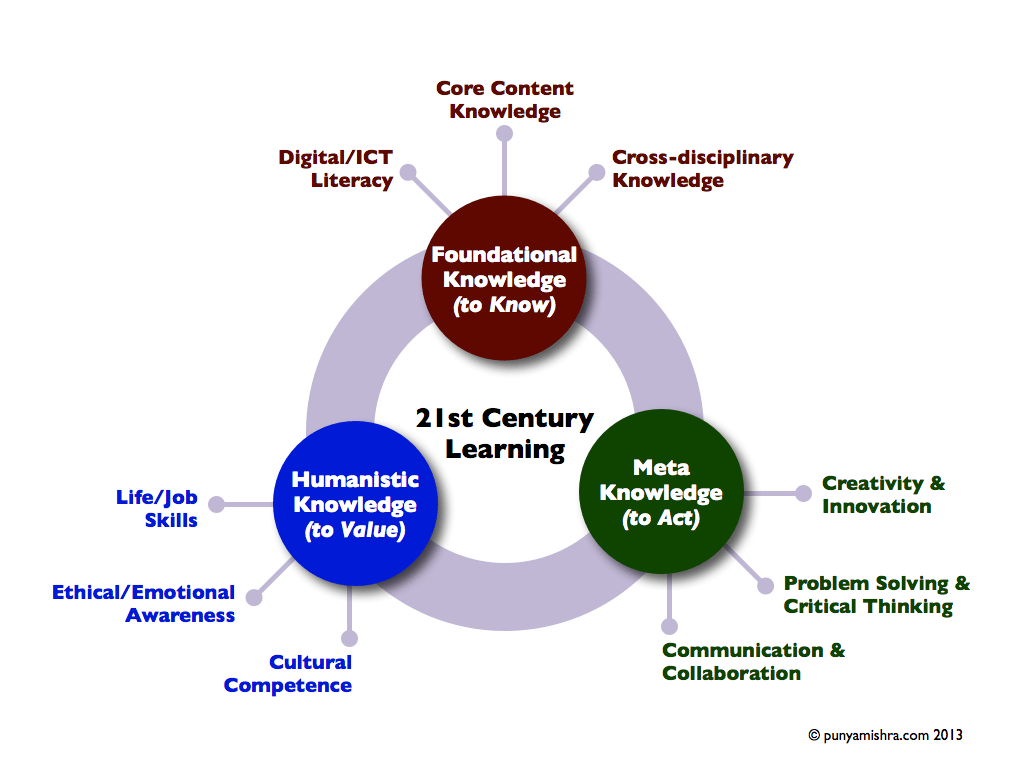
Humanistic knowledge focuses on studying human experiences, values, and cultures.
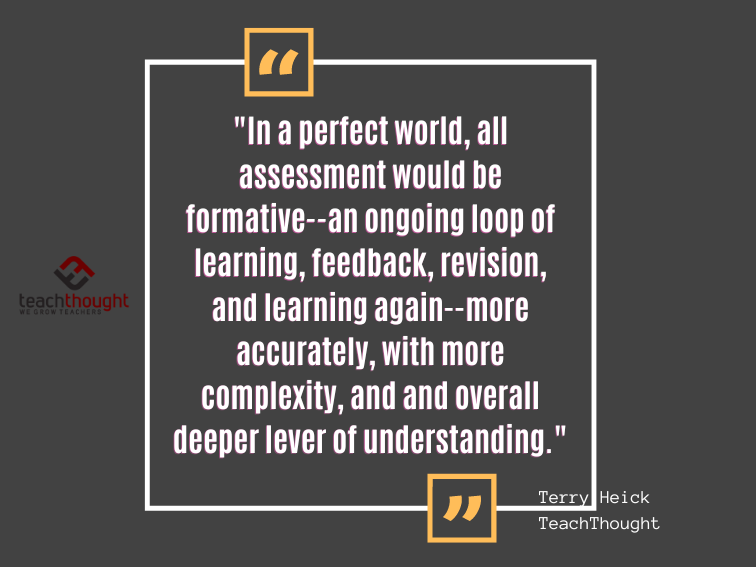
In a perfect world, all assessment would be formative–an ongoing loop of learning, feedback, revision, and learning again.
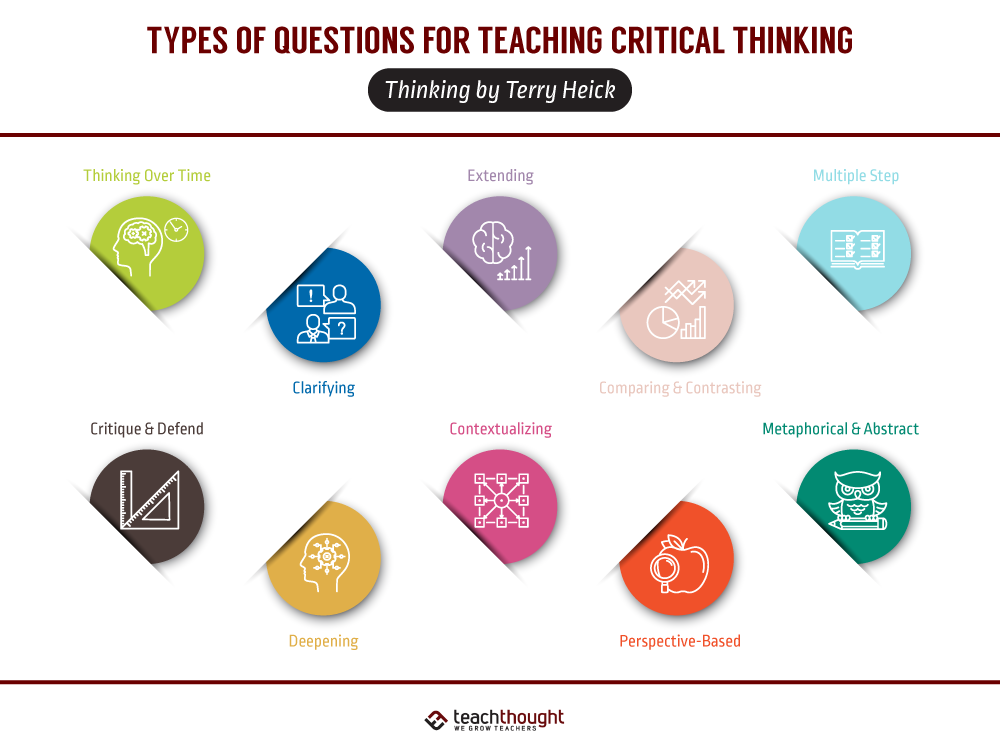
What are some of the most common types of questions for teaching critical thinking? This led to many dozens of answers.
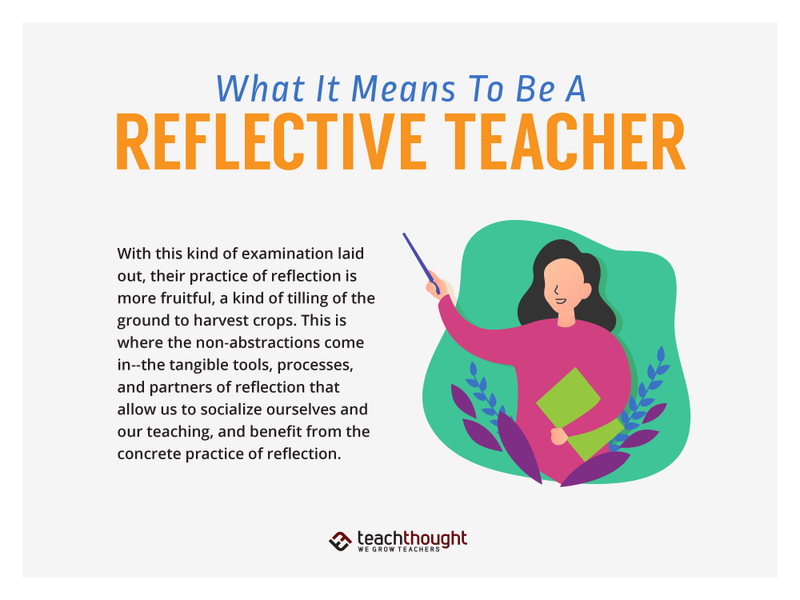
Reflection is a fundamental tenet of learning; and therefore, a fundamental part of teaching. Here’s what it means to be a reflective teacher.

The 40/40/40 rule: What’s important that students understand for the next 40 days, for the next 40 months, for the next 40 years?
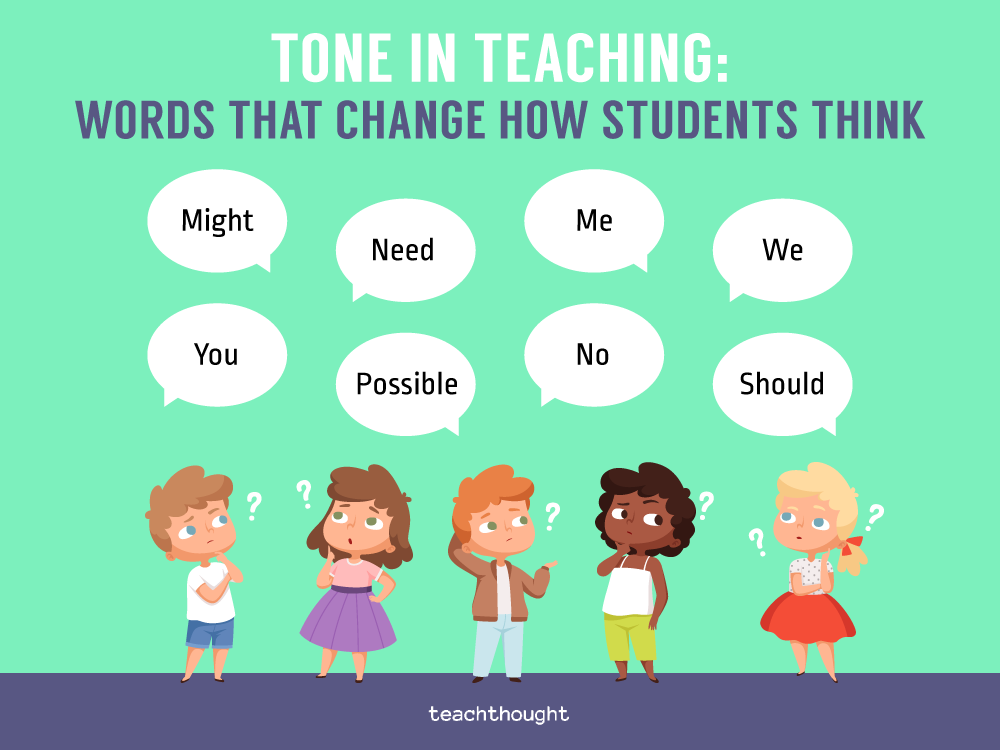
Almost everything a student experiences in the learning process has ‘tone.’
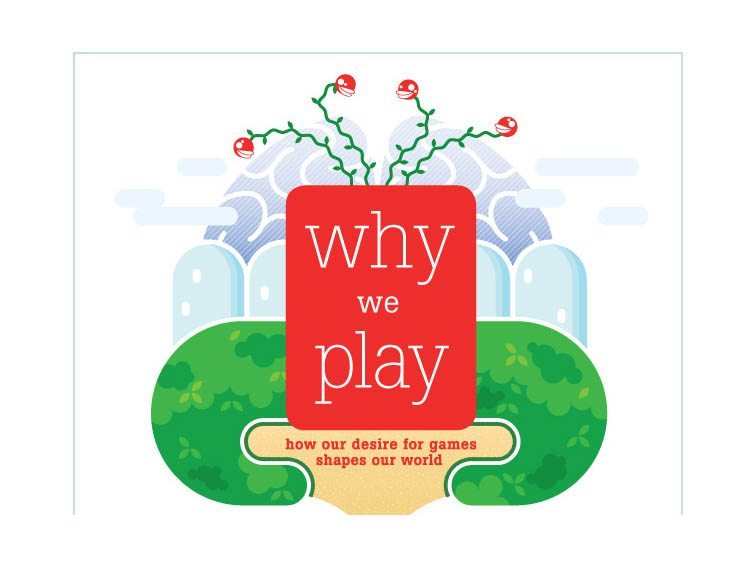
Ultimately, play offers three critical components for an engaged mind: independence, volition, and curiosity.

The difference between pedagogy, andragogy, and heutagogy has to do with purposes and roles–being taught or teaching yourself.

It’s difficult to teach if it’s unclear what students actually understand–and multiple-choice tests aren’t enough. Here are 50 alternatives.

“We’ve always done it this way” is one of the most dangerous phrases we can use—and this danger extends to education, as well.